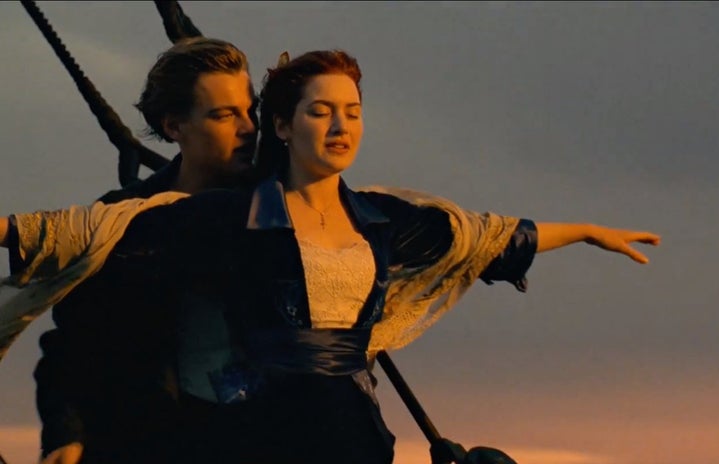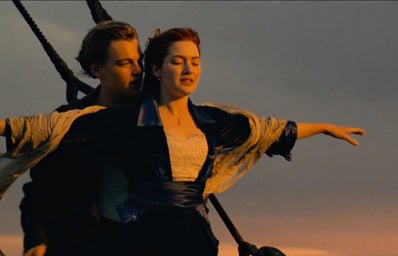Have you ever heard of the male gaze? While it is a term you’ve probably already heard of, comprehending what it actually is may be a little difficult, especially since the majority of us—myself included—may be so used to it that we would never point it out. Stemming from feminist theory, and at the intersection of different fields, such as psychology and sociology, the male gaze deploys itself as a pluri-disciplinary, fascinating but often undermined, and overlooked, concept, especially in the cinematic sphere on which we shall focus on in this article.
So here’s a little bit of history:
It is filmmaker, Laura Mulvey who first came up with the term ‘male gaze’ in her 1973 essay, “Visual Pleasure and Narrative Cinema.” Summed up in one sentence, the essence of her work notes how “demonstrating the way the unconscious of patriarchal society has structured film form“ (1973:57). According to Mulvey, as cinemagoers, we are often completely unaware of our own cognitive biases regarding the patriarchal nature of society, and the place and perception of women within it. We are unable to appreciate just how gendered the image of women in film is. Film acts as a reflection of the “socially established interpretation of sexual differences“, positioning women, most often in erotic roles, simultaneously precluding roles where they are not defined by their sexuality, or relations to men.
‘Where are the women?’
In the words of famous international relations feminist scholar, Cynthia Enloe, the question we may ask in this century is where the women are, not in political sciences, but in motion pictures.
Ostensibly, while not all films present a reductionist view of women, the ratio of those who do is becoming strikingly high. Created by American cartoonist, Alison Bechdel, the Bechdel test assesses levels of misogyny in film through two simple questions: (a) does the film present two female characters, and (b) do those two female protagonists talk with one another about something other than a man? Intuitively, it sounds blatantly obvious that they all would, but in reality, this is not the case. The journal Psychology of Popular Media analyzed over 1543 popular movies from 1980 to 2019, and found that only 49.6% of them passed the test, speaking to a significantly greater representation of men than women. However, such gendered representations are so deeply ingrained in the collective consciousness that their issues have never been, until recently with the emergence of feminist discourses in media, regarded as mundane rather than testimonies of male chauvinism. Even more so, the cloaked portrayal of women, and those identifying as women is becoming more normalized–with less than 3% of big pictures carrying transgender representation in 2019.
Going even further, Mulvey denounces the under-representation of female characters as a purposely done, and used as a technique to bolster the presence of male character on the screen. The technique generates, a movie that, in her own words, revolves around a form of ‘phallocentrism’ where women exist only in relation to their male counterparts–who themselves find symbolic presence in the absence of women. Echoing traditional visions of gender norms, women are, consequently, passive actors whose sole purpose and lives revolve around the goals and ambitions of their proactive husbands / fathers / sons / lovers.
Beyond their often simplistic characterization, female protagonists often find their physical representation codified within certain classical visions of women encompassed in straight male fantasies. Concretely, this is generally translated through images of the ‘denuded women,’ sometimes filmed in slow motion. Just think of Halle Berry coming out of the water in Die Another Day (2002) while being stared upon by James Bond, or simply the countless ‘bimbo’ characters that Marilyn Monroe has played throughout her career, such as in Some Like it Hot, or Gentlemen Prefer Blondes.
Subverting the male gaze?
More than anything, what matters once the audience has come to realize how ever-present the male gaze is, is how to overthrow the male gaze. The French Podcast, ‘Les Couilles sur la Table’—which quite literally translates to the ‘balls on the table’ seeks to dismantle traditional gendered clichés underlying our everyday lives, and dissects the concept of the male gaze. As noted by the podcast, one primary solution to overcome the male predominance in most films, is the inclusion of assertive female characters. This goes much further than simply representations of women in positions of power, but rather, women in charge of their own destiny. However cliché that sounds, it nonetheless remains true. One blatant example in film is the woman who chooses and affirms her own sexualisation, such as Kate Winslet’s character, Rose, in Titanic. As she poses for the illustration, the camera centers onto and enters her own eye. She is implicated as the story-teller, and her voice carries the narrative. In one of the most striking scenes in cinema history, we witness Rose’s ‘French girl’ moment. She is entirely naked–her body is crudely exposed while not being solely sexualized. She takes charge, and asks the male protagonist, Jack, to draw her—even paying him to do so. Rose’s openness testifies to her own will to, quite literally, put her body on display.
A more recent example is in Season 1, Episode 4 of House of the Dragon where a young Rhaenyra Targaryen, seduces and delves into an intimate act with her male body guard, Ser Criston Cole. This episode, which unsurprisingly, was directed by a woman, presents Targaryen as the assertive female protagonist. She handles her own sexuality in an assured, determined way. On top of that, in terms of actual screen time, her body undergoes a similar level of exposure as her male counterpart.
This article barely brushes upon the extent of the male gaze, if this topic interests you I can only recommend you to check out the sources I have put in hyperlinks. I have, thus, provided a list of notable movies that avoid using the male gaze in their plots.

